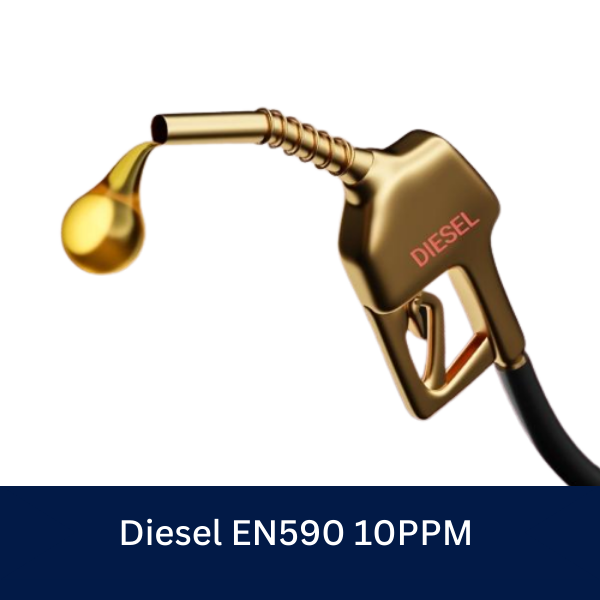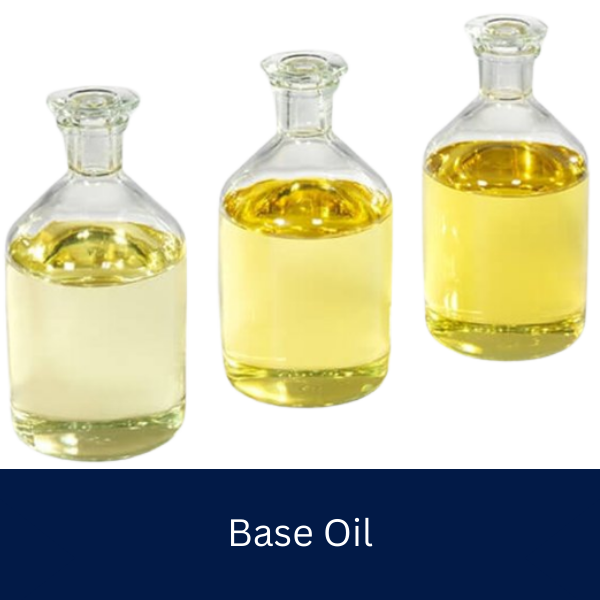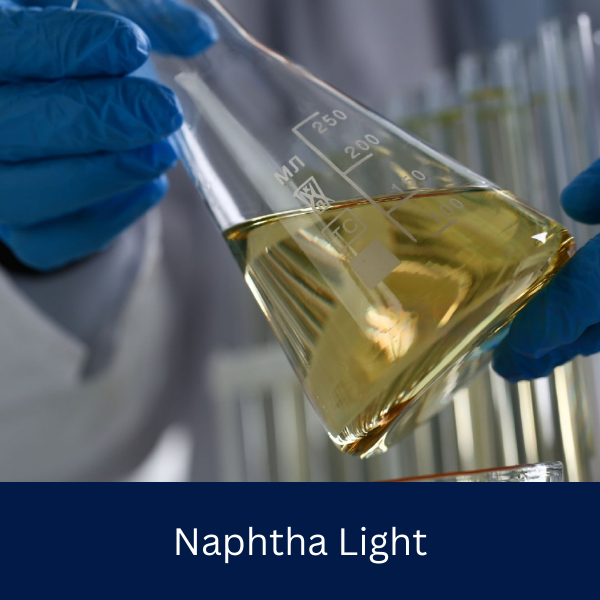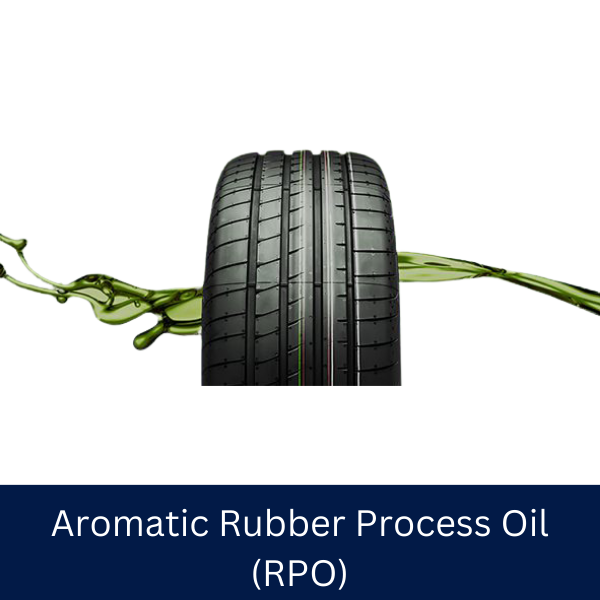oils & petroleum Diesel EN590 Naphtha Light Jet Fuel A1

World Petrosol specializes in the distribution of petroleum products and oils with its own storage facilities at various locations and has extensive links with domestic and global petroleum refineries. Petroleum products are substances made from petroleum (crude oil) after it has been refined. Petroleum products are complex combinations unlike petrochemicals, which are a group of well-defined and typically pure chemical components.
Most oil is transformed into petroleum products, such as different types of fuel. The main use of base oils is in the manufacture of lubricants, of which there are thousands of types and applications.
We serve clients from all over the world by supplying them with material according to their needs.
- Diesel EN590 10PPM
- Light Naphtha
- Jet Fuel A1
- Base Oils
- Aromatic Rubber Process Oil (RPO)
| Property | Test method | Test Unit | Guarantee | Limit |
| Density at 15 0C | kg/m3 | 820-845 | ||
| Polycyclic aromatic hydrocarbons | EN 12916 | wt% | B | Max |
| Flash Point | EN 2719 | 0 C | >55 | |
| Cold Filter Plugging Point CFPP | EN 116 | 0 C | ||
| Winter Grade | -15 | Max | ||
| Summer Grade | 5 | Max | ||
| Distillation | EN ISO 3405 | |||
| Recovered at 250C | Vol% | 65 | Max | |
| Recovered at 350C | Vol% | 85 | Min | |
| 95% (Vol/Vol) Recovered at | 0 C | 360 | Max | |
| Sulphur | EN ISO 20846 EN ISO 20884 | mg/kg | 10 | Max |
| Carbon Residue (on 10% residue) | EN ISO 10370 | wt% | 0.30 | Max |
| Viscosity at 40C | EN ISO 3104 | Cst | 2.0 – 4.5 | |
| Copper Strip Corrosion (3h a5 50C) Fatty acid methyl ester (FAME) | EN ISO 2160 | Rating | No.1 | Max |
| Content | EN 14078 | Vol% | 7.0 | Max |
| Cetane Number | EN ISO 5161 EN 15195 | 51 | Min | |
| Cetane Index | EN ISO 4264 | Calculated | 46 | Min |
| Water | EN ISO 12937 | mg/kg | 200 | Max |
| Particulate Matter | EN 12662 | mg/kg | 24 | Max |
| Oxidation Stability | EN ISO 12205 EN 15751 | g/m3 h | 25 20 | Max Min |
| Lubricity (wsd1,4) at 60C | EN ISO 12156/1 | Um | 450 | Max |
| Method | Test | Min | Max | Result | Units |
| ASTM D4052 | Specific Gravity | 0.650 | 0.740 | 0.7180 | |
| ASTM D156 | Saybolt Color | 20 | +28 | ||
| ASTM D323 | Reid Vapor Pressure | 13 | 5.95 | psi | |
| UOP 952 | Lead Content | 150 | < 10 | ppbw | |
| ASTM D4294 | Total Sulfur | 0.0650 | 0.238* | %wt | |
| ASTM D6730 | Detailed Hydrocarbon Analysis | ||||
| Paraffin Content | 70 | 70.092 | %vol | ||
| n-Paraffins | 30 | 30.500 | %vol | ||
| Olefin Content | 1 | 0.110 | %vol | ||
| ASTM D86 | Distillation | ||||
| IBP | 25 | 37.0 | °C | ||
| FBP | 204 | 181.2 | °C | ||
| UOP 779 | Total Chloride | 1 | 311 | ppmw | |
| UOP 938 | Mercury | 1 | < 1 | ppmw | |
| UOP 946 | Total Arsenic | 20 | < 5 | ppmw | |
| ASTM D7423 | Oxygenates by FID GC | ||||
| Total Oxygenates | 50 | 38.0 | ppmw | ||
| Methyl Tert-Butyl Ether (MTBE) | < 10 | ppmw | |||
| Ethyl tert-butyl Ether (ETBE) | < 10 | ppmw | |||
| Tertiary Amyl Methyl Ether (TAME) | < 10 | ppmw | |||
| Methanol | < 10 | ppmw | |||
| Ethanol | 33.0 | ppmw | |||
| ASTM D3227 | Mercaptan Sulfur | 30 | ppmw | ||
| ASTM D2699 | RON | 58 | |||
Jet Fuel A1 will be available on spot and contract order based. Jet A-1 is a kerosine grade of fuel suitable for most turbine engined aircraft.
| Parameters | Jet A-1 | |
| Acidity, mg KOH/g | 0.10 Max. (0.015 Max for Def. Stan 91-091) | |
| Aromatics, Vol. % | 25.0 Max. | |
| Sulphur, mercaptan, Wt. % | 0.0030 Max. | |
| Sulphur, total, Wt. % | 0.30 Max.. | |
| 10% Distillation, ºC | 205.0 Max. | |
| Final Boiling Point, ºC | 300.0 Max. | |
| Distillation Residue, % | 1.5 Max. | |
| Distillation Loss, % | 1.5 Max. | |
| Flash Point, ºC | 38.0 Min. | |
| Density @ 15ºC, kg/m3 | 775.0 to 840.0 | |
| Freeze Point, ºC | -47.0 Max | |
| Viscosity @ -20ºC, mm/s | 8.000 Max. | |
| Net Heat of Combustion, MJ/kg | 42.80 Min. | |
| One of the following shall be met: | ||
| 1) Smoke Point, mm, or | 25.0 Min. | |
| 2) Smoke Point, mm, and | 18.0 Min. | |
| Naphthalenes, Vol. % | 3.00 Max. | |
| Copper Strip Corrosion, 2 h % 100ºC | No.1 Max. | |
| Thermal Stability @ 260ºC: | ||
| 1) Filter pressure drop, mm Hg | 25 Max. | |
| 2) Tube Deposits | < 3 Max. No Peacock (P) or Abnormal (A) | |
| Existent Gum, mg/100 mL. | 7 Max. | |
| MSEP Rating: | ||
| 1) Without electrical conductivity additive | 85 | |
| 2) With electrical conductivity additive | 70 | |
| Electrical conductivity, pS/m *Use of conductivity improver additive and resulting limits are optional in ASTM D1655 | 50 Min. 600 Max.* | |
World Petrosol specializes in the distribution of base oil with its own storage and warehousing facilities at several places and has extensive links with the domestic and global oil refineries of base oil. The main use for base oils is in the manufacture of lubricants, of which there are many thousands of types.
As there are numerous oil refineries so every refinery produce base oil with their own specifications and we serve the clients worldwide by suppling the material according to their needs.
Grades:
| Group I | Group II | Group III |
| SN 150 | N 150 | 3 CST |
| SN 500 | N 500 / N 600 | 4 CST |
| BS 150 | BS 120 | 6 CST |
| Characteristic | Range | Test¬ method ASTM |
| Kinematic viscosity @ 100 °C, cSt | 20.0-40.0 | D-445 |
| Flash point , °C | 265 | D-92 |
| Pour point , °C | 15 | D-97 |
| Specific gravity @ 15 , Kg/m3 | 1010 | D-1298 |
| Aniline point, °C | 50 | IP-2 |
| Sulphur content, Wt% | 5 | D-2622 |
| Ash content , Wt% | 0.15 | D-482 |
| Carbon type analysis , % CA CN | 30 4 65 | D-3238 |




